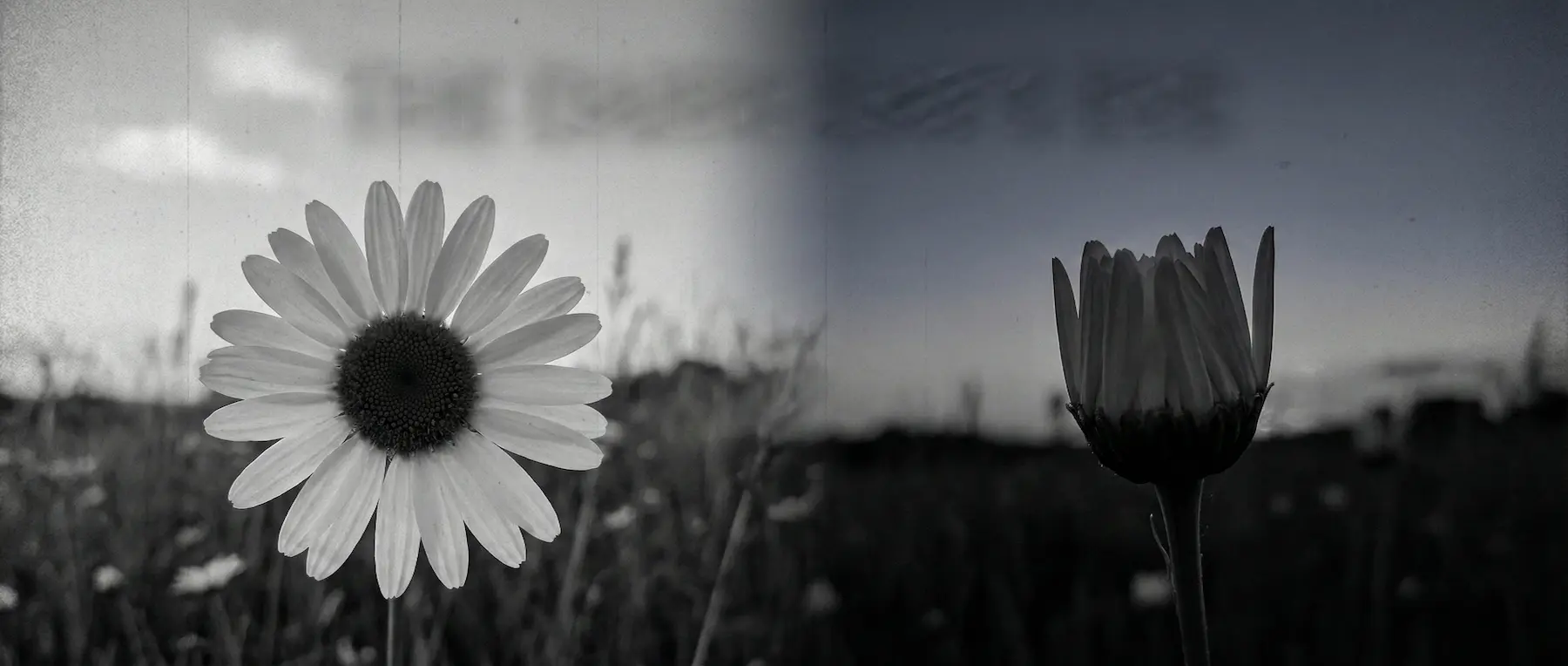1. The Etymological Journey
The word "daisy" is not a borrowed word from Latin or French; it is natively English, evolved from the Germanic roots of the language.
- Old English (approx. 450–1150 AD): The word began as dæges ēage (Day's Eye).
- Middle English (approx. 1150–1500 AD): As the language softened, the hard "g" sounds disappeared. It was spelled variously as dayesye or daisye.
- Modern English: Eventually, the two words fused completely into the single noun we use today: Daisy.
2. The Biological Phenomenon: Nyctinasty
The metaphor of the "Day's Eye" was not just poetic imagination; it was an observation of scientific fact known as Nyctinasty.
- The "Blinking" Motion: As the sun sets, the white petals fold inward, covering the yellow center like a closed eye.
- The "Waking" Motion: When the sun rises, the petals unfold to expose the yellow center again. To the Anglo-Saxons, the yellow center resembled the sun, and the white petals were the rays—effectively the "eye" that watches the day.
3. "Fresh as a Daisy"
This idiom refers to the specific moment at dawn. A daisy that has been "sleeping" (closed up) all night opens its petals in the morning looking pristine and unweathered. To be "fresh as a daisy" literally means you look as if you have just woken up from a restful sleep.
Summary
| Aspect | Detail |
|---|---|
| Original Spelling | Dæges ēage (Old English) |
| Literal Meaning | Day's Eye |
| Scientific Name | Bellis perennis |
| Biological Act | Nyctinasty (Sleep movement) |
